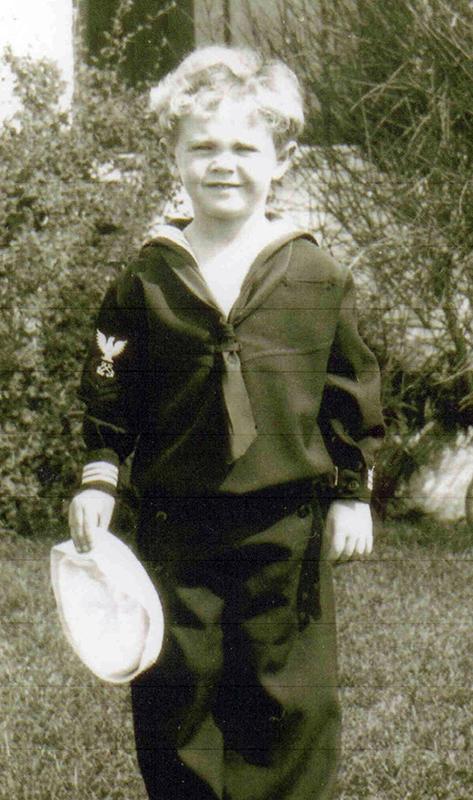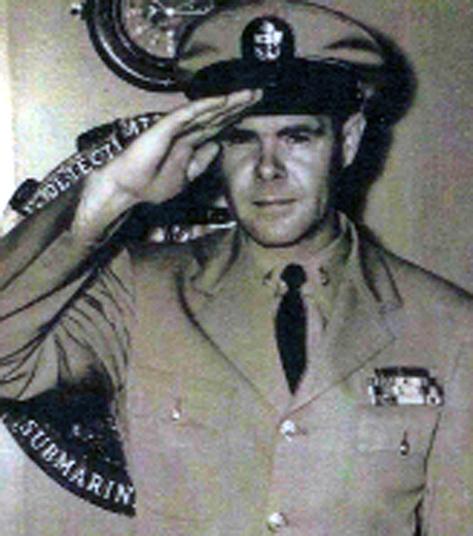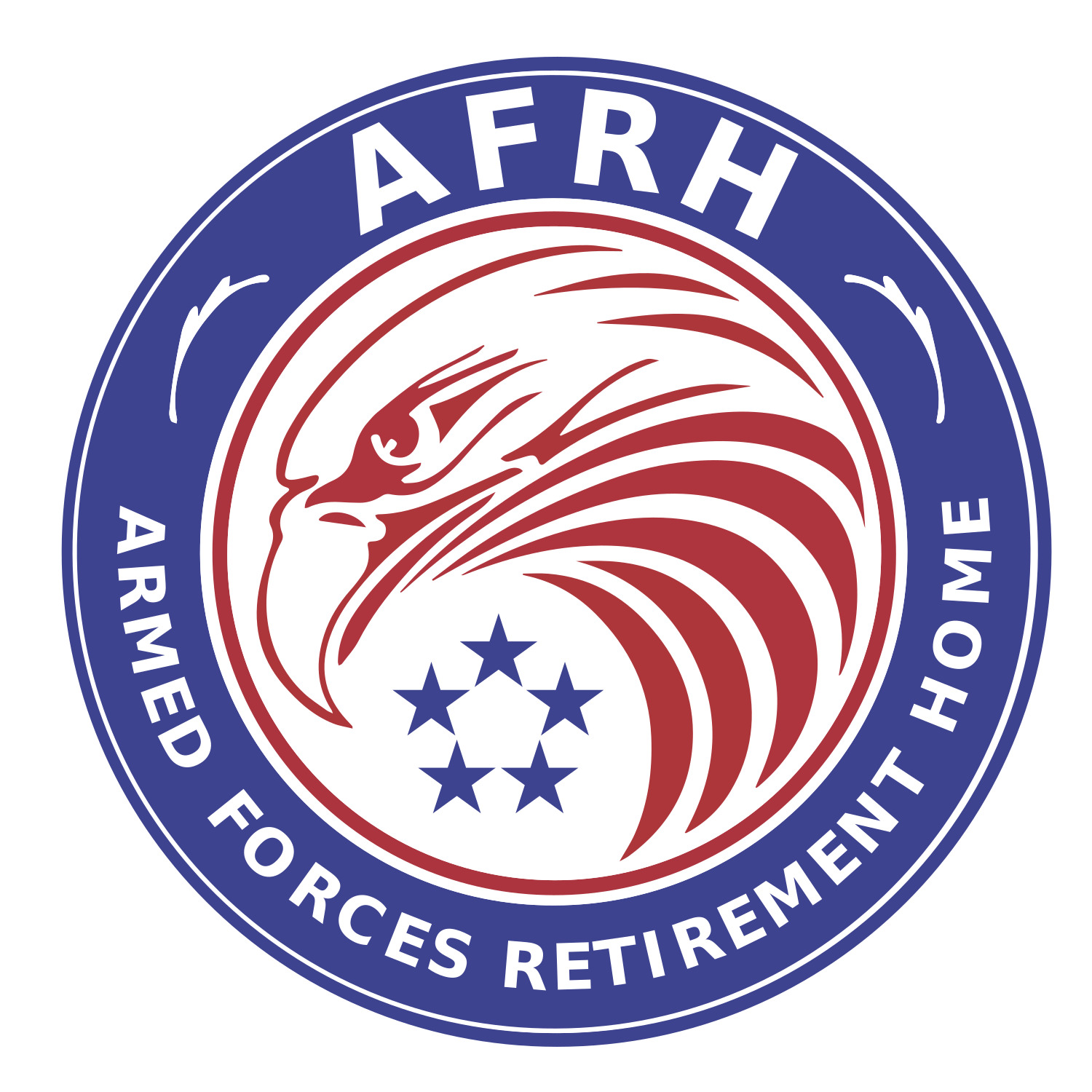

Frank was born in Los Angeles, Ca., on June 29 1926. He was the son of Captain Ward, a highly decorated WWI hero. Frank entered the Navy on his 16th birthday. He and his father, a mustang Marine Captain, went to the recruiting office in Bakersfield, Ca., on 28 May 1942, to sign him up for. He was a big guy for his age and his father, being a highly decorated WWI and WWII ARMY/Marine officer, simplified the process for him.
One month later, he was notified to report to the main recruiting office in Los Angeles for his physical and to be sworn in for his four-year enlistment. Later that same afternoon he arrived in San Diego for boot camp. It was his 16th birthday!
Boot camp was a great and exciting adventure for him because he had played football in high school and worked in the wheat harvest right up to his reporting date. It lasted for seven weeks and two weeks later he was on the train for San Francisco. A bus took him to the Naval shipyard at Vallejo, Ca., where he was to report for duty aboard the heavy cruiser, USS Chester (CA-27). The Marine guard at the main gate directed him to the dry dock, where the Chester was moored. He had to walk more than a mile from the main gate to where the ship was located with a 100 pound sea bag on his shoulder and the August sun had been very hot that day. He finally arrived at the gangway leading up to the quarter deck. At the head of the gangway he looked aft, saluted the colors, then looked at the Officer of the Deck (OOD) and requested permission to come aboard and report for duty.
During his 18 months aboard the Chester he served in the Gunnery department of the 3d Division 8-inch gun mount as a mess cook and the ship’s bugler.
On 6 October 1942, the USS Chester was struck by a torpedo on the starboard side, amidships. The Chester staggered in the water as a wave completely inundated them. All power had been lost but a semblance of order was being attempted in the dark. The damage was significant. The starboard side armored plate was blown off, the forward engine room was flooded, killing all personnel on duty there. The radar had been knocked off the mainmast, four scout-seaplanes were knocked over the side and the keel was broken also. No guns could be fired because of the danger of the ship breaking in two.
Frank’s left leg and hip had been injured from the jolt of the explosion. The Chester eventually began the trip home. After repairs, having transited the Panama Canal and up to San Francisco, they were again at sea in the Pacific. They participated in the Marshall and Gilbert Islands campaigns during the fall of 1943. About the first of 1944, Frank was transferred to bugle-master school in San Diego by ship-to-ship transfer highline.
After graduation from bugle-master school, he was sent to the Naval Air Station, Santa Anna, Ca., awaiting the commissioning of the seaplane tender, USS Pine Island (AV-12), at Long Beach. The Pine Island proceeded to Saipan then Okinawa for that campaign. After eighteen months, they arrived home in Norfolk, Virginia. Frank then took a troop train to Long Beach, California and was discharged from the Navy.
He was to re-enlist again though and was assigned to the USS Shangri-La (CV-38). Frank made a cruise to Australia. From there he was transferred to the USS Princeton (CV-37). Later he was transferred to the destroyer, USS Collett (DD-730).
He was later transferred to the Naval Air Technical Training Center, Norman, Oklahoma., for the only two years of shore duty in his 20 year Naval career. After two years there, he was again assigned to the USS Shangri-La, which was converted to an anti-submarine warfare carrier. From there he was assigned to the Admiral’s flag of Carrier Division 19 as assistant navigator. During his 20 years service he held the ratings of bugler, Bugler Master, Signalman and Quarter Master Navigator. Until most recently he lived in Wellston, Oklahoma.
Frank volunteers and works in the Chaplain’s Office where he comes to the aid of a lot of folks. When he is not volunteering and working in the Chaplain’s Office he plays his Scottish bagpipes for almost every event at the AFRH and even in ceremonies at the Navy Seabee base.
At one time the home had a bugler by the name of Spiro so now Frank is the second one to have qualifications. Spiro passed away over the age of 100 and the 24/7canteen is named in his honor at Gulfport home today.
- Log in to post comments
